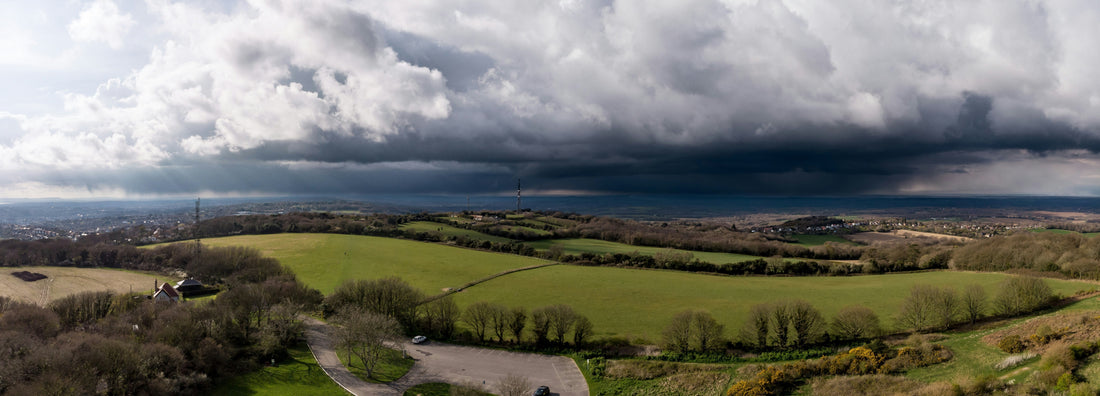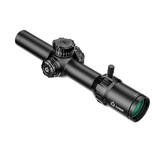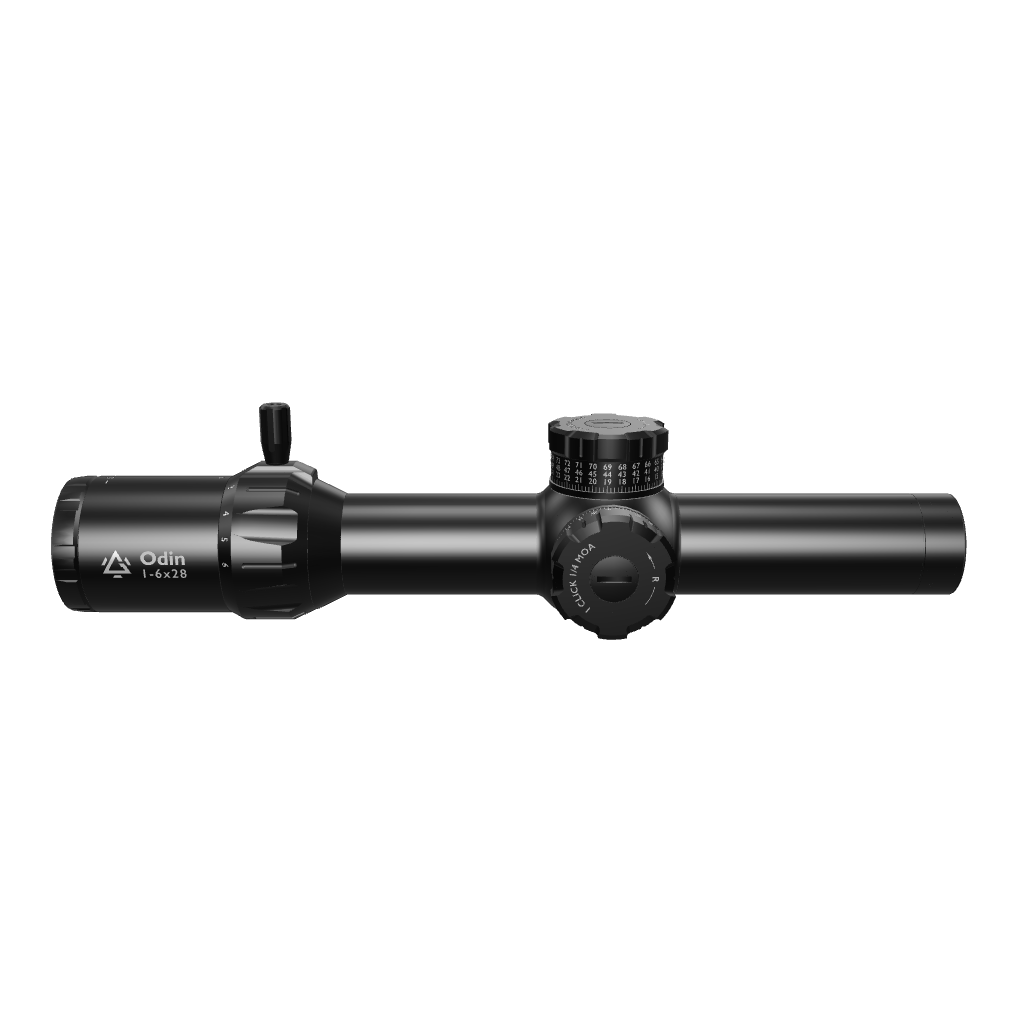How to Shoot in Low Light: Master Your Reticle and Your Pupil
Ever lined up the perfect shot in low light, only to have your reticle flare like a supernova, washing out the target? Or struggled to find that dim crosshair against a dark backdrop? The frustration is real, and while you might blame your scope or LPVO, the answer often lies closer to home – literally inside your eyes. That mysterious, constantly changing black circle in the center of your eye, your pupil, holds the key to mastering night shooting.
Your Pupil: Nature's Dynamic Scope Tuner
Think of your pupil like the automatic aperture on a camera lens, but far smarter. In bright daylight, it shrinks down to a tiny 2-3mm pinprick, sharpening focus but limiting light intake. As darkness falls, it dramatically expands – up to 7 or even 8mm wide – becoming a light-gathering powerhouse. This incredible 400% size change isn't just biology trivia; it fundamentally changes how your rifle scope or LPVO needs to project its aiming point.
Here's the catch for optics users: an overly bright reticle aimed at a wide-open, light-hungry pupil (like yours at night) doesn't just distract – it can physically damage your precious night vision for minutes. Suddenly, that deer in the shadows vanishes, or your competition target becomes a blurry smudge. Understanding this dance is your secret weapon.
Why LPVOs Make This Trickier (And How to Fix It)
Variable optics like LPVOs add another layer to the puzzle. That sweet 1x setting for quick target acquisition in daylight? It pairs best with small pupils and brighter reticles. But crank the magnification to 6x or 8x for a precise shot in low light, and now your eye needs a wider pupil to gather enough light through the scope. If your reticle brightness hasn't adjusted down accordingly, you're blinding yourself.
The result? Classic night shooting woes:
- "Bloom Effect": Your crosshair looks fuzzy and flares, obscuring the target.
- "Blackout": You see the target clearly, but can't find the dim reticle.
- "Night Vision Reset": A too-bright reticle flash erases your hard-earned dark adaptation.
- The Practical Fix: Listen to Your Eyes (Not the Manual).
Forget complex military protocols. As a practical shooter, you can master this with simple, field-friendly methods:
The "2-Second Reality Check": This is your gold standard test.
- Find a representative low-light target.
- Mount your rifle naturally.
- Ideal: You should clearly see the target and your reticle appear simultaneously within 2 seconds.
- Reticle appears first (too bright): Turn down the intensity 1-2 clicks. Try again.
- Target appears first (too dim): Turn up the intensity 1 click. Try again.
Repeat until both elements snap into view together. This is your personal "sweet spot" for these conditions.
Color is Your Friend (Especially Red)
That red reticle option isn't just for looks. Red light (around 620-650nm wavelength) is much kinder to your night vision than green or white. It preserves your eyes' sensitivity to dim ambient light. When in doubt, go red at night. Save green/white for twilight or daytime use.
Magnification Matters
Remember that switching your LPVO to higher power at night usually means you need less reticle brightness than at low power. Make brightness adjustment part of your magnification change routine.

Embrace the Change (Your Eyes Are!)
Your pupils aren't static, and neither are light conditions. What works at dusk won't work under thick cloud cover. Get in the habit of:
- Re-checking your brightness setting whenever light levels change significantly.
- Starting low: Always begin with the dimmest usable setting and increase only if needed. It's easier on your eyes.
- Monthly Check-ins: As we age, our pupils don't open as wide or as fast. If you're over 30, expect to gradually need slightly brighter settings over the years – it's natural!
- The Takeaway: Stop fighting your biology.
By understanding how your pupils work as natural light amplifiers and tuning your scope or LPVO's reticle accordingly – keeping it as dim as possible while still visible – you transform night shooting from frustrating to fantastic. It's not about fancier gear; it's about smarter synergy between you and the optic you already own. Go try the "2-Second Test" tonight and feel the difference!







